Which Of The Following Would Decrease Momentum

Momentum, a critical concept in physics, dictates an object's resistance to changes in its state of motion. Understanding how to decrease momentum is crucial in various applications, from designing safer vehicles to optimizing athletic performance.
This article dissects the factors that directly impact momentum, focusing on the definitive ways to reduce it based on established scientific principles.
Understanding Momentum
Momentum (p) is mathematically defined as the product of an object's mass (m) and its velocity (v): p = mv. This equation immediately reveals the two primary factors influencing momentum.
Key Factors
Based on the formula, there are two distinct ways to decrease an object's momentum. These are to decrease its mass or decrease its velocity.
Any alteration to one or both of these variables will directly impact the momentum of the object in question.
Decreasing Momentum: Methods
Let's examine the specific mechanisms for reducing momentum by manipulating mass and velocity.
Reducing Velocity
Decreasing an object's velocity is the most direct and frequently used method for reducing momentum. This can be achieved through the application of a force opposite to the direction of motion, resulting in deceleration.
Braking systems in vehicles are a prime example, applying frictional forces to slow the vehicle down.
Aerodynamic drag, such as air resistance, can also naturally reduce velocity. This effect is used in parachutes or by birds gliding through the air.
Reducing Mass
Decreasing the mass of an object directly reduces its momentum, given that velocity remains constant. This is a less common method, as it often involves physical alteration of the object itself.
One example is the discarding of fuel tanks in a multi-stage rocket. As the rocket burns fuel, its mass decreases, contributing to a change in momentum (though velocity is simultaneously increasing due to thrust).
Another example would be a truck unloading a cargo of materials, thereby decreasing the overall mass.
Impulse and Momentum Change
The relationship between impulse and momentum change is essential to understanding how to control momentum. Impulse (J) is defined as the change in momentum of an object, and is mathematically expressed as J = Δp = FΔt, where F is the force applied and Δt is the time interval over which the force acts.
This means that a given change in momentum (decreasing it, for instance) can be achieved by applying a large force over a short time or a smaller force over a longer time. Airbags in cars are designed to increase the impact time, decreasing the force experienced by passengers and mitigating the sudden change in momentum that occurs during a collision.
In essence, decreasing momentum involves either decreasing the object's velocity, decreasing its mass, or both, governed by the principles of impulse and momentum change.
Real-World Examples
Consider a baseball being caught. The catcher applies a force over a period of time to bring the ball to a stop (reducing its velocity to zero). This is a direct application of impulse reducing momentum.
Similarly, a spacecraft using retro-rockets fires engines in the opposite direction of its motion, reducing its velocity and thus its momentum.
In sports, athletes constantly manipulate their momentum by adjusting their speed and direction, using techniques to decelerate safely and efficiently.
Conclusion
Decreasing momentum definitively involves reducing either the velocity or the mass of an object. The specific method used depends on the context and the constraints of the system involved.
Understanding these principles is vital in numerous applications, spanning from engineering and safety design to athletic performance and space travel.
Further research continues to explore innovative ways to manage and control momentum, paving the way for safer and more efficient technologies.

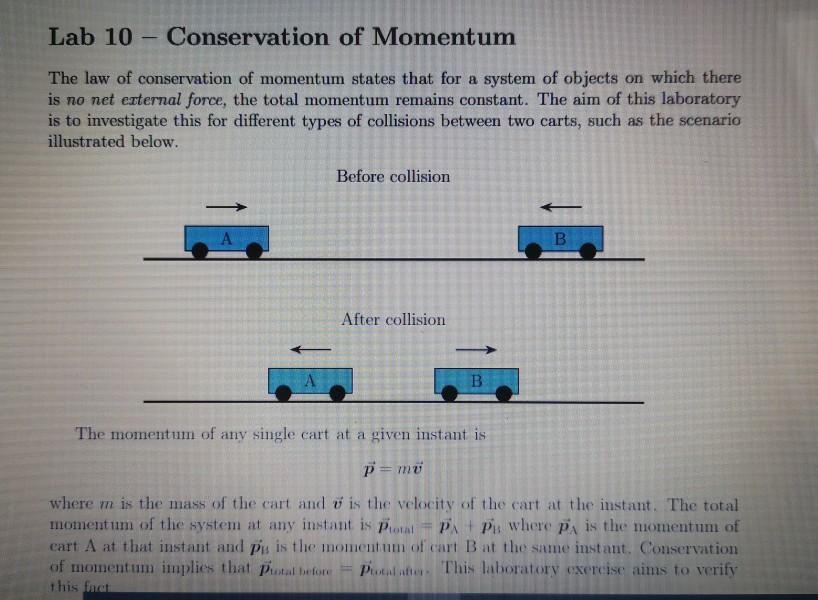



![Which Of The Following Would Decrease Momentum [ANSWERED] n which of the following graphs the total change in momentum](https://media.kunduz.com/media/sug-question-candidate/20210626101409749341-3392229.jpg?h=512)
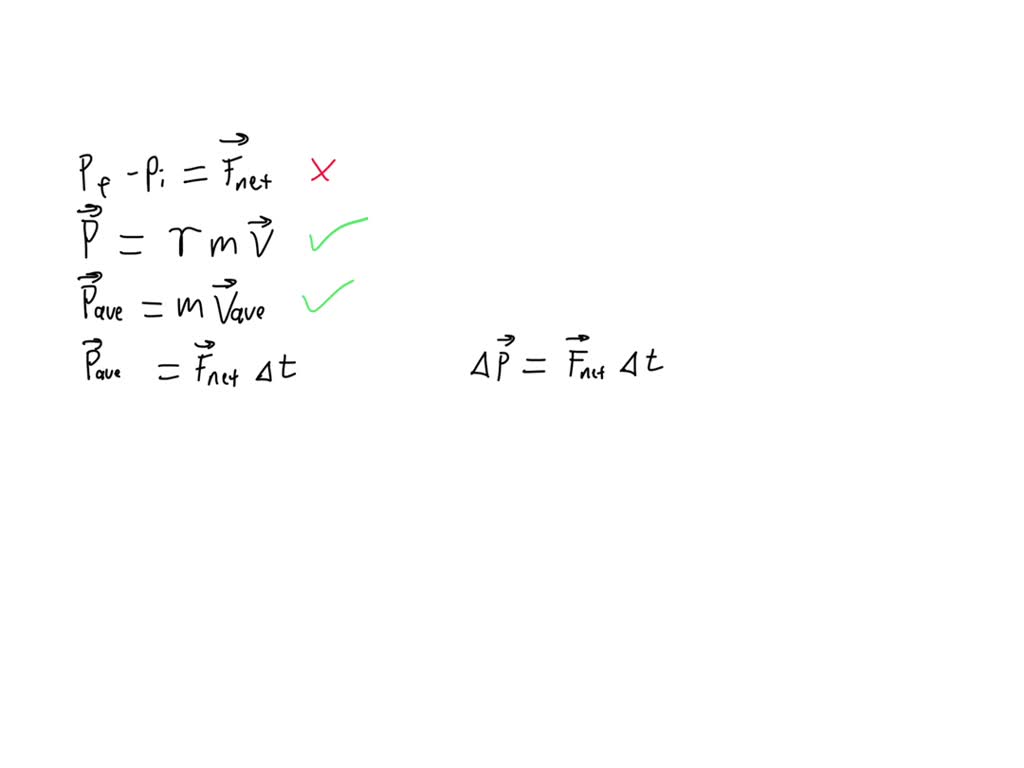


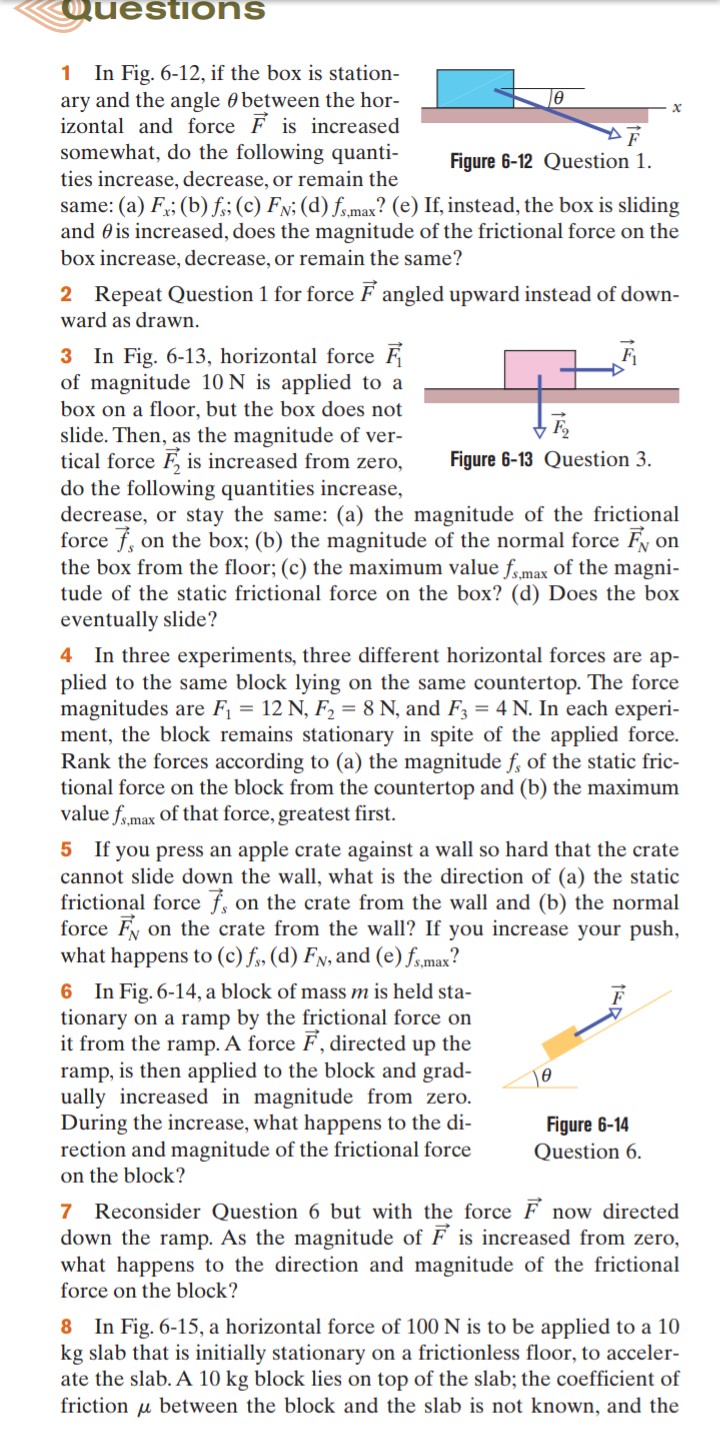



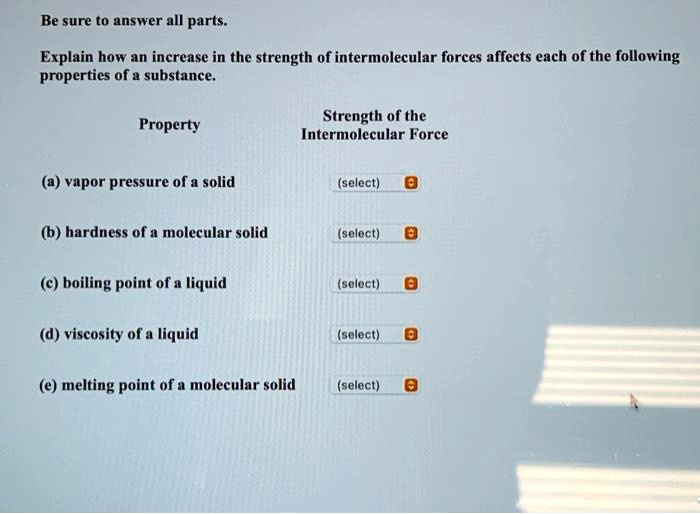

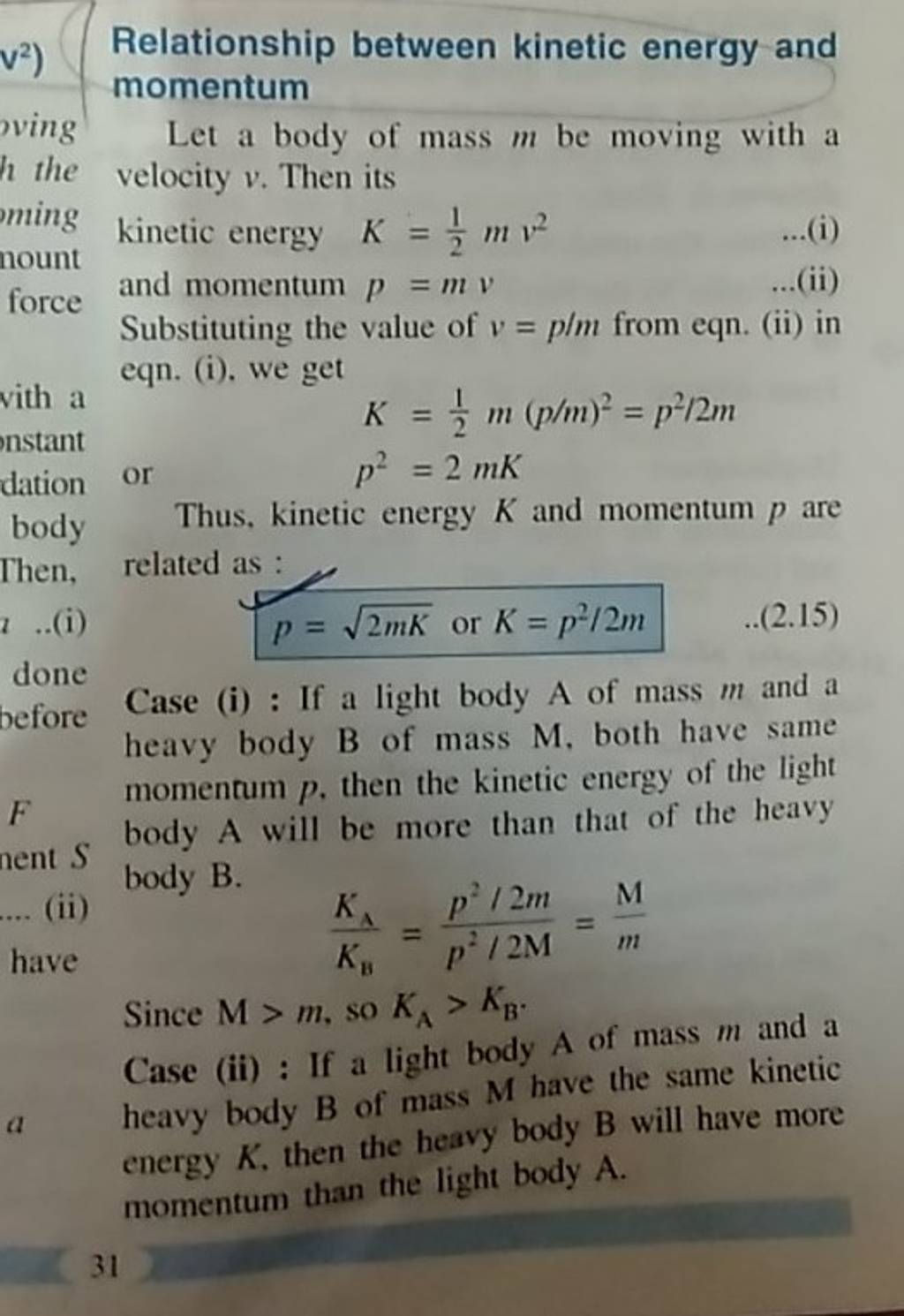
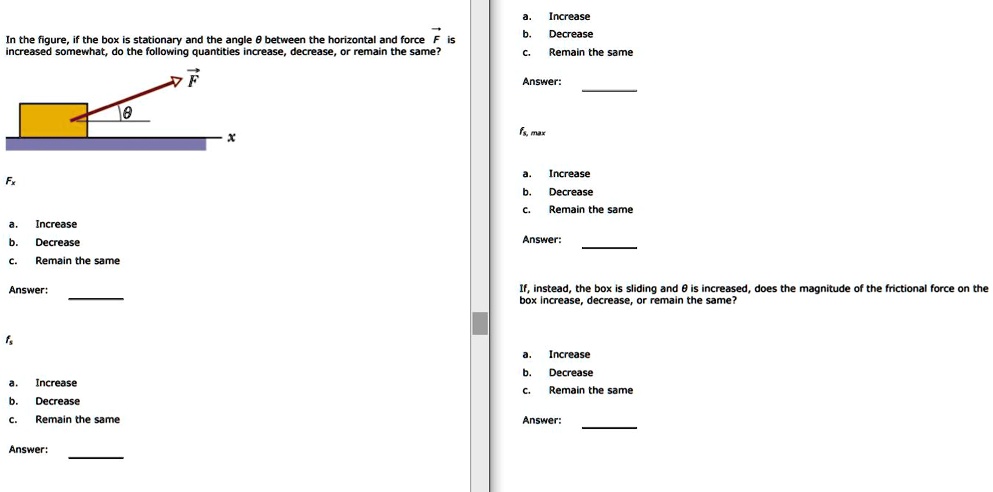
vf.jpg)
